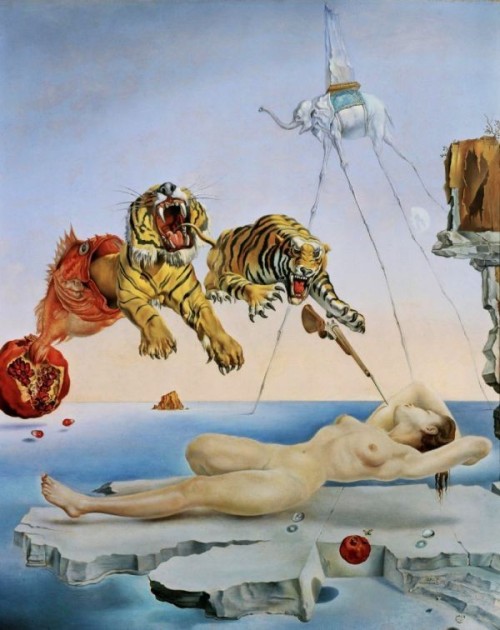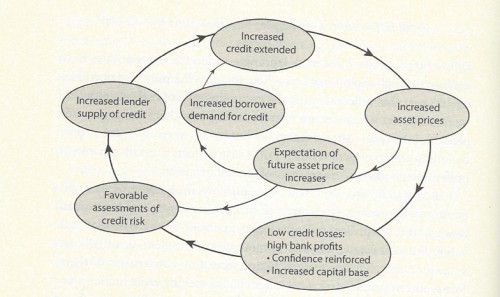“இந்தப் புத்தகத்தை படிக்க உங்களுக்கு நேரம் இருக்குமா?”
ஒவ்வொரு புதிய புத்தகத்தை வாங்கும்போதும், நம்மை நோக்கி பிறரால் கேட்கப்படும் கேள்வி. வீட்டில் புத்தக அலமாரி நிரம்பி வழிந்து புத்தக அறையாக வளர்ந்தது. இப்பொழுது புத்தக மாடி என்று புதிய ராட்சஸ உருவம் கொண்டிருக்கிறது. அங்கிருப்பதில் எதெது, எங்கெங்கே இருக்கிறது என்னும் வரைபடம் மனதில் பதிந்திருந்தாலும் செந்நூல்களைப் பெற்று வரும் போதெல்லாம், “இருப்பதைப் படிக்கவே காலம் இல்லை. அது தவிர கிண்டில், அன்றாடச் செய்திகள், பிடிஎஃப் கோப்புகள் என்று எல்லாவிடத்திலும் எதையாவது சேமித்திருக்கிறாய். உனக்கு இது தேவையா?” என்னும் எண்ணம் எழுந்து புது(த்)தகங்களைப் புறக்கணித்து கடையிலேயே விடச் செய்யும்.
அப்பொழுதுதான் சுண்டோகு என்னும் ஜப்பானிய வார்த்தைப் பிரயோகத்தைக் கண்டேன். கட்டு கட்டாக, அடுக்கு அடுக்காக குவிந்திருக்கும் படிக்காத புத்தகங்களை சுண்டோகு என்கிறார்கள்.
“கற்றது கையளவு; கல்லாதது உலகளவு!” என்பாள் சரஸ்வதி. “எதைக் கற்க வேண்டும் என்று தெரியும்; அதை கற்க வேண்டிய விதம் இவ்வாறு!” என்பது சுண்டோகு.
அறியாத விஷயங்கள் என்னென்ன என்று அறிந்திருப்பதோடு மட்டுமல்லாமல், அவற்றை எப்படி கற்று அறிய வேண்டும் என்று உணர இந்த மலை போன்ற குவியல் நினைவூட்டி தரையில் இறங்கி புரட்ட வைக்கும்.
The Japanese call this practice tsundoku, and it may provide lasting benefits – Big Think
Maria Popova, whose post at Brain Pickings summarizes Taleb’s argument beautifully, notes that our tendency is to overestimate the value of what we know, while underestimating the value of what we don’t know. Taleb’s antilibrary flips this tendency on its head.
Eco’s library wasn’t voluminous because he had read so much; it was voluminous because he desired to read so much more.
Eco stated as much. Doing a back-of-the-envelope calculation, he found he could only read about 25,200 books if he read one book a day, every day, between the ages of ten and eighty.
Jessica Stillman calls this realization intellectual humility.






















